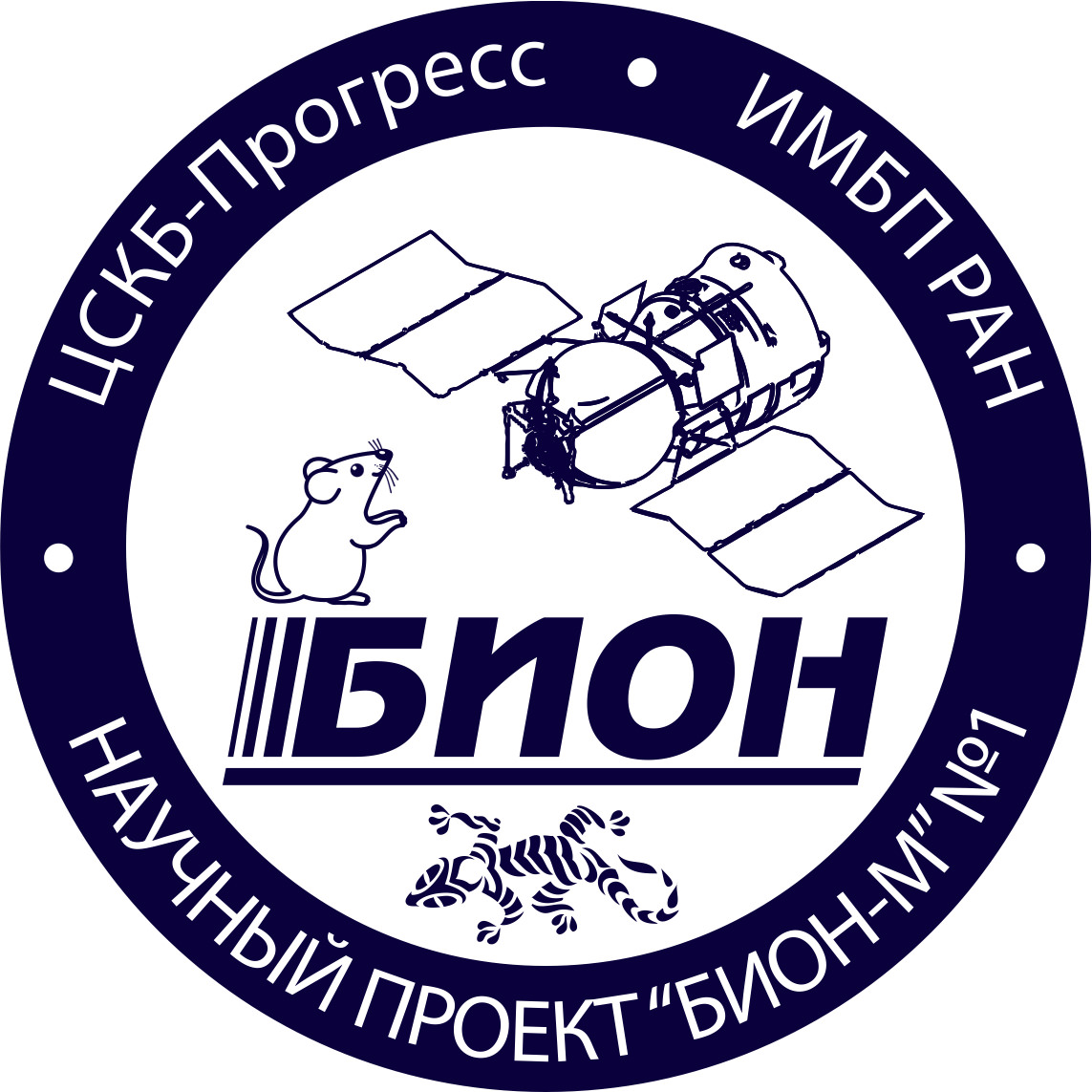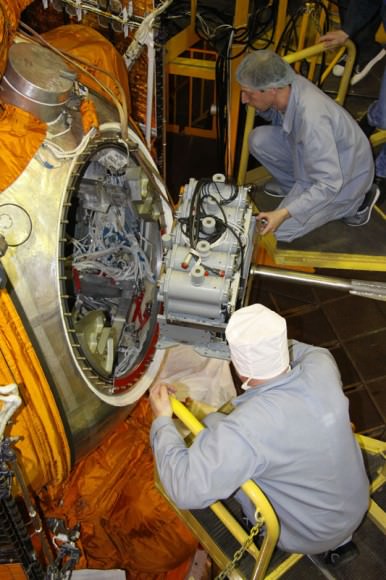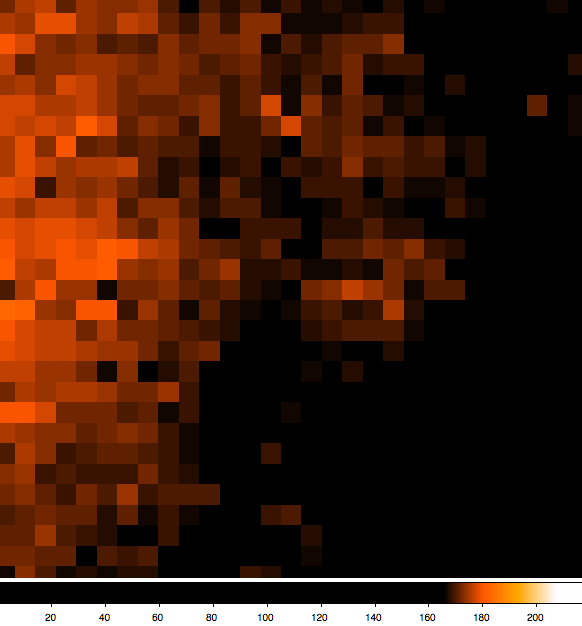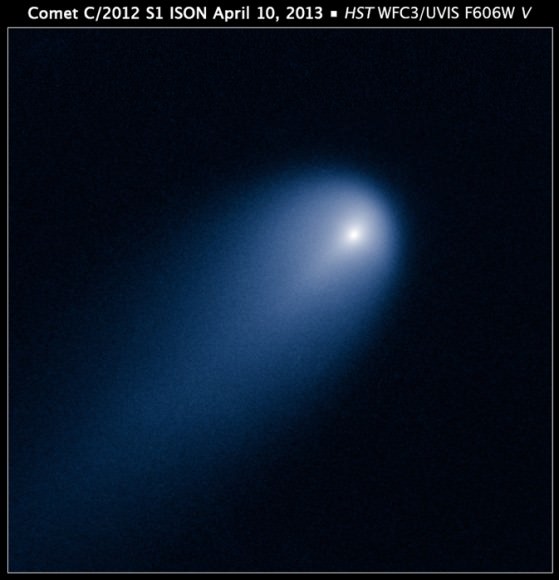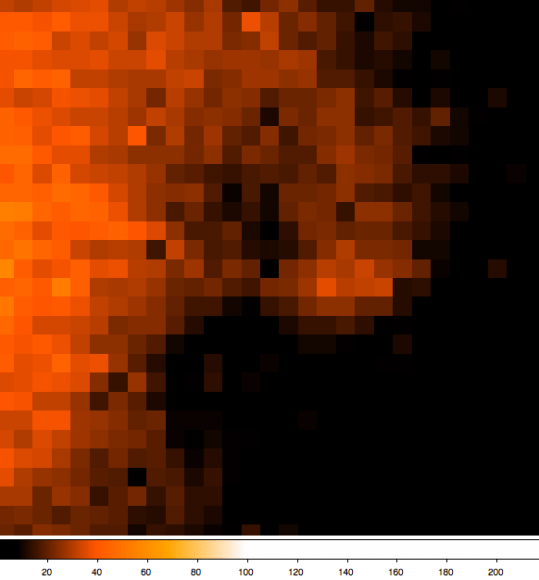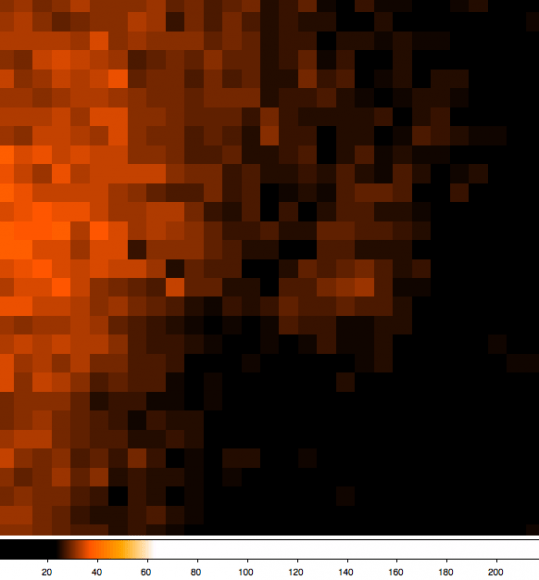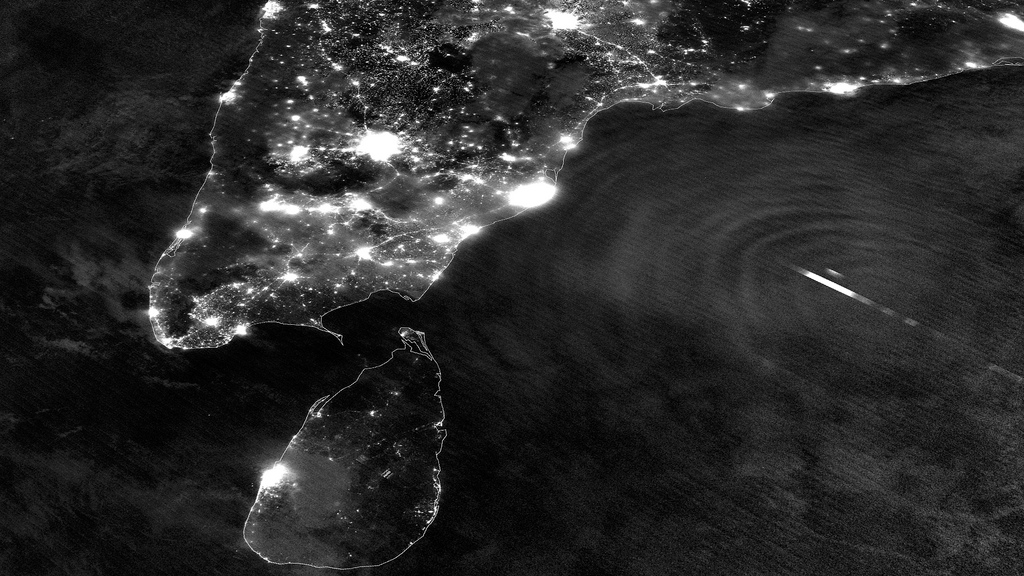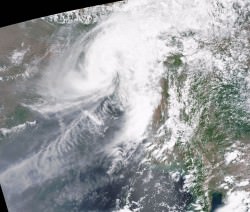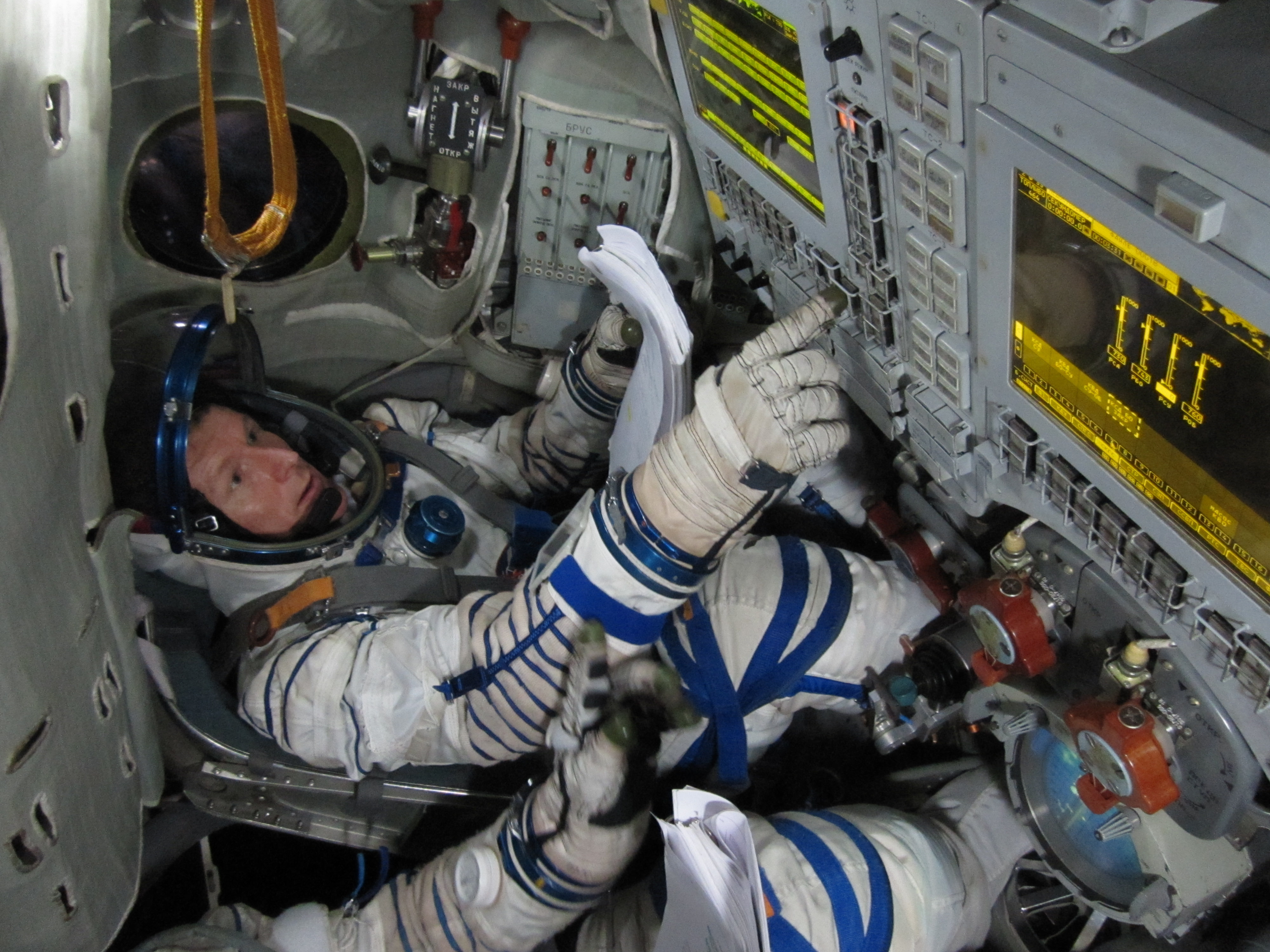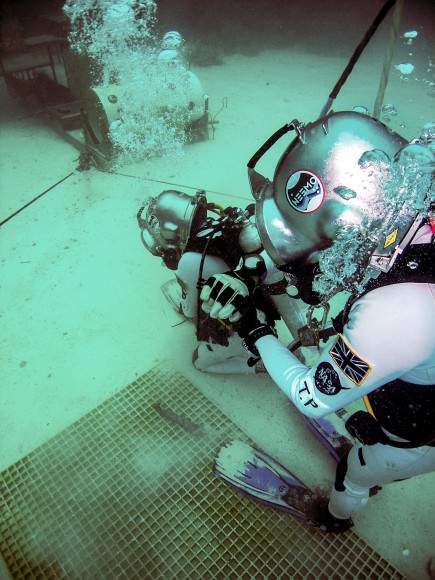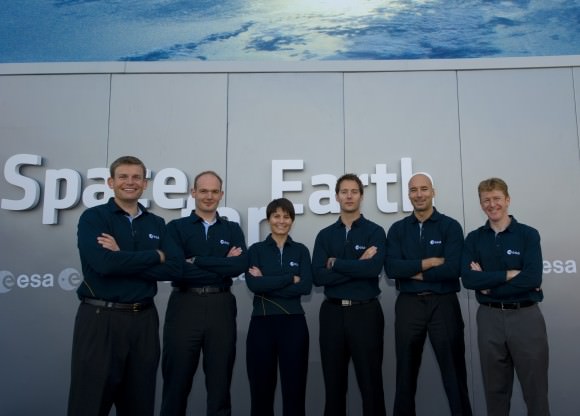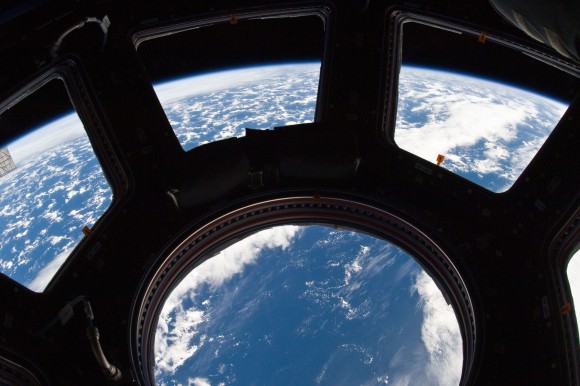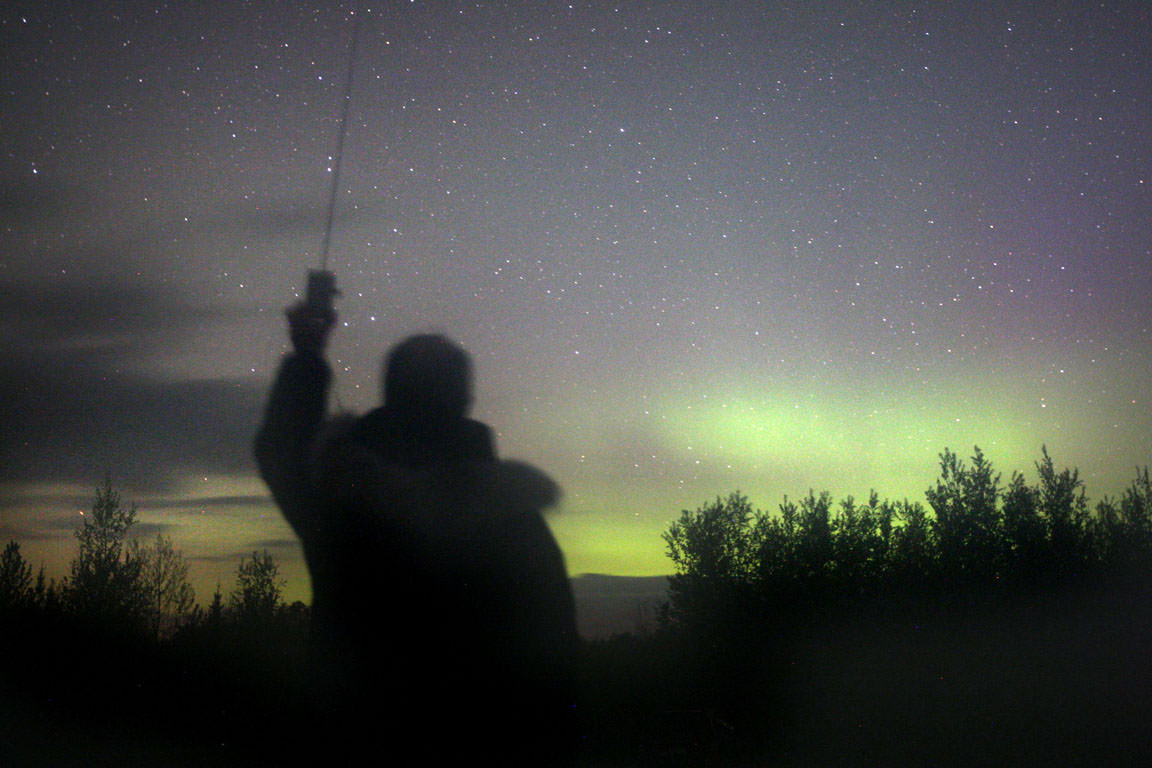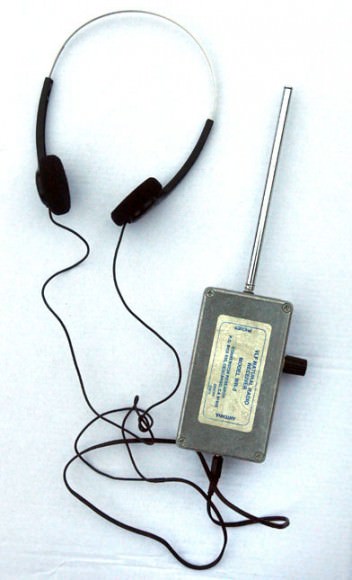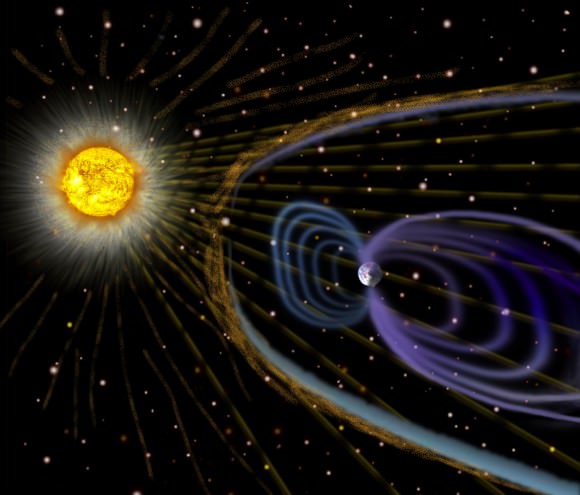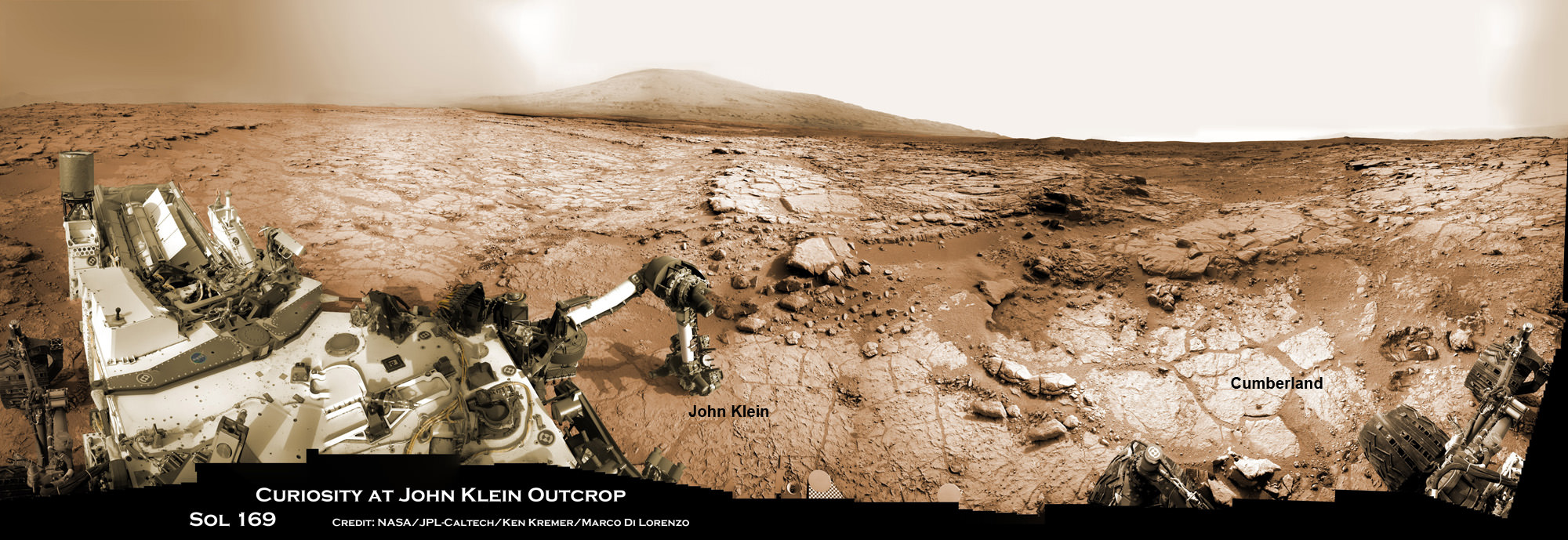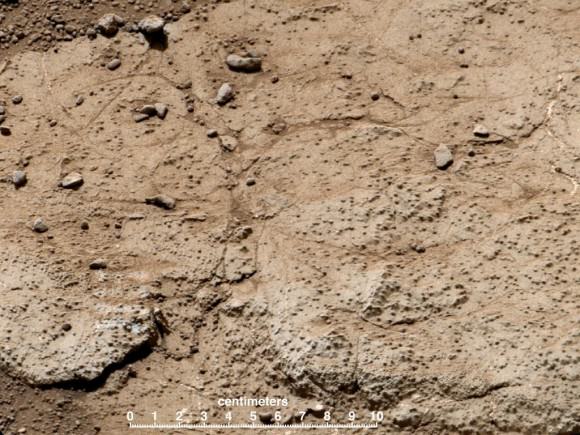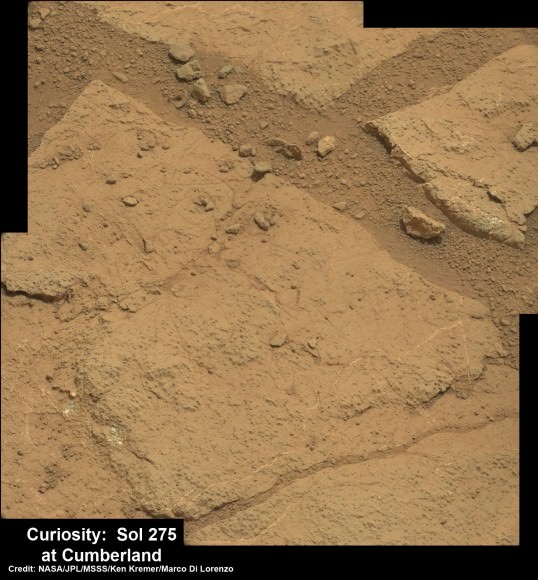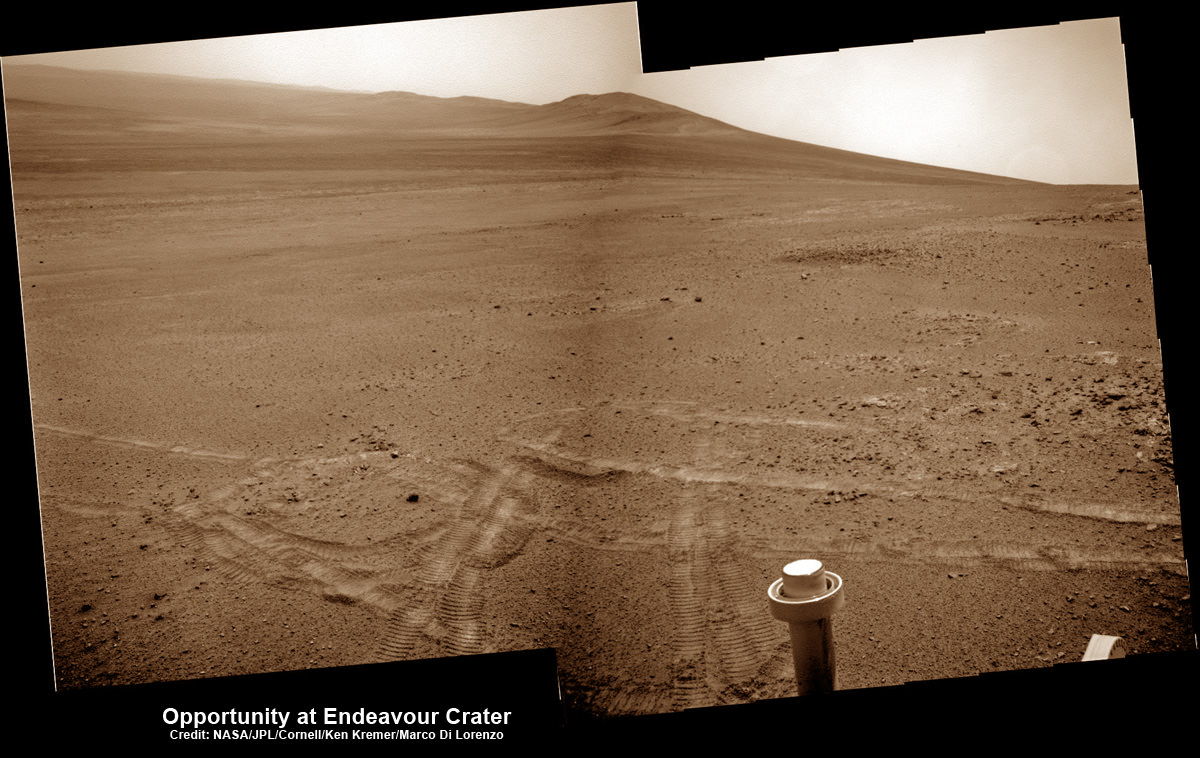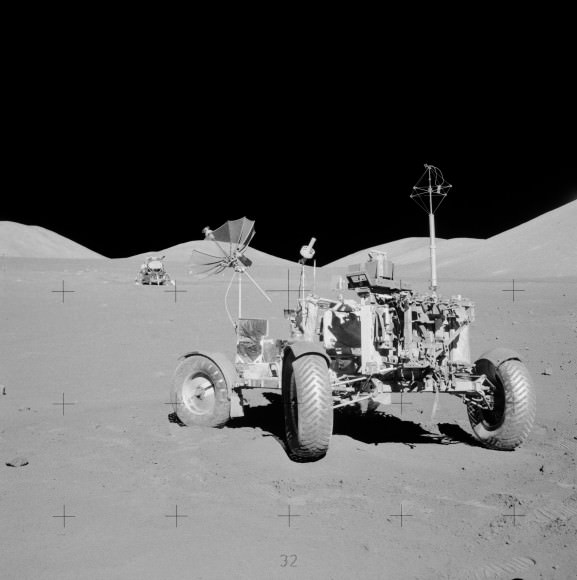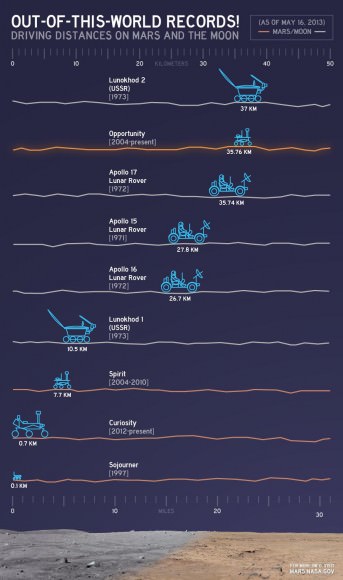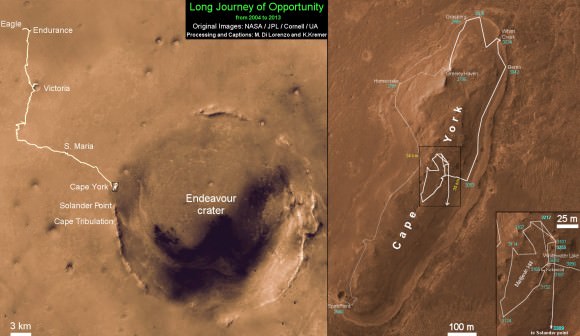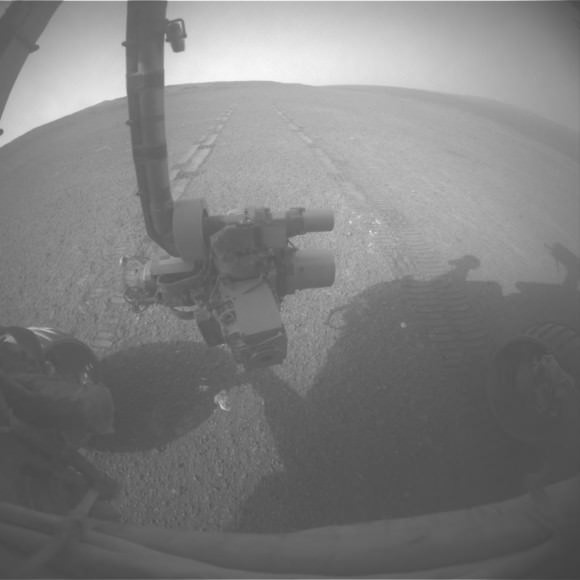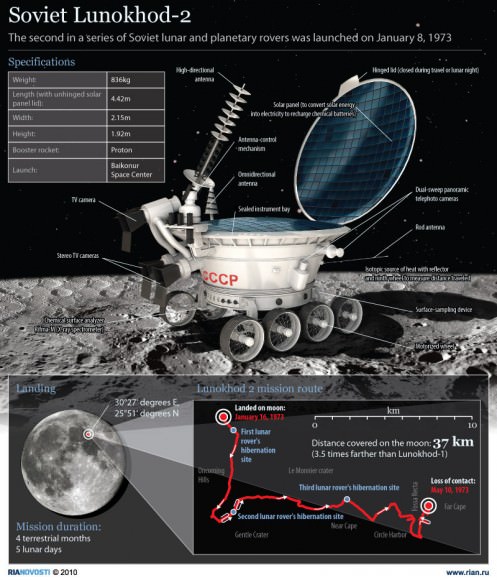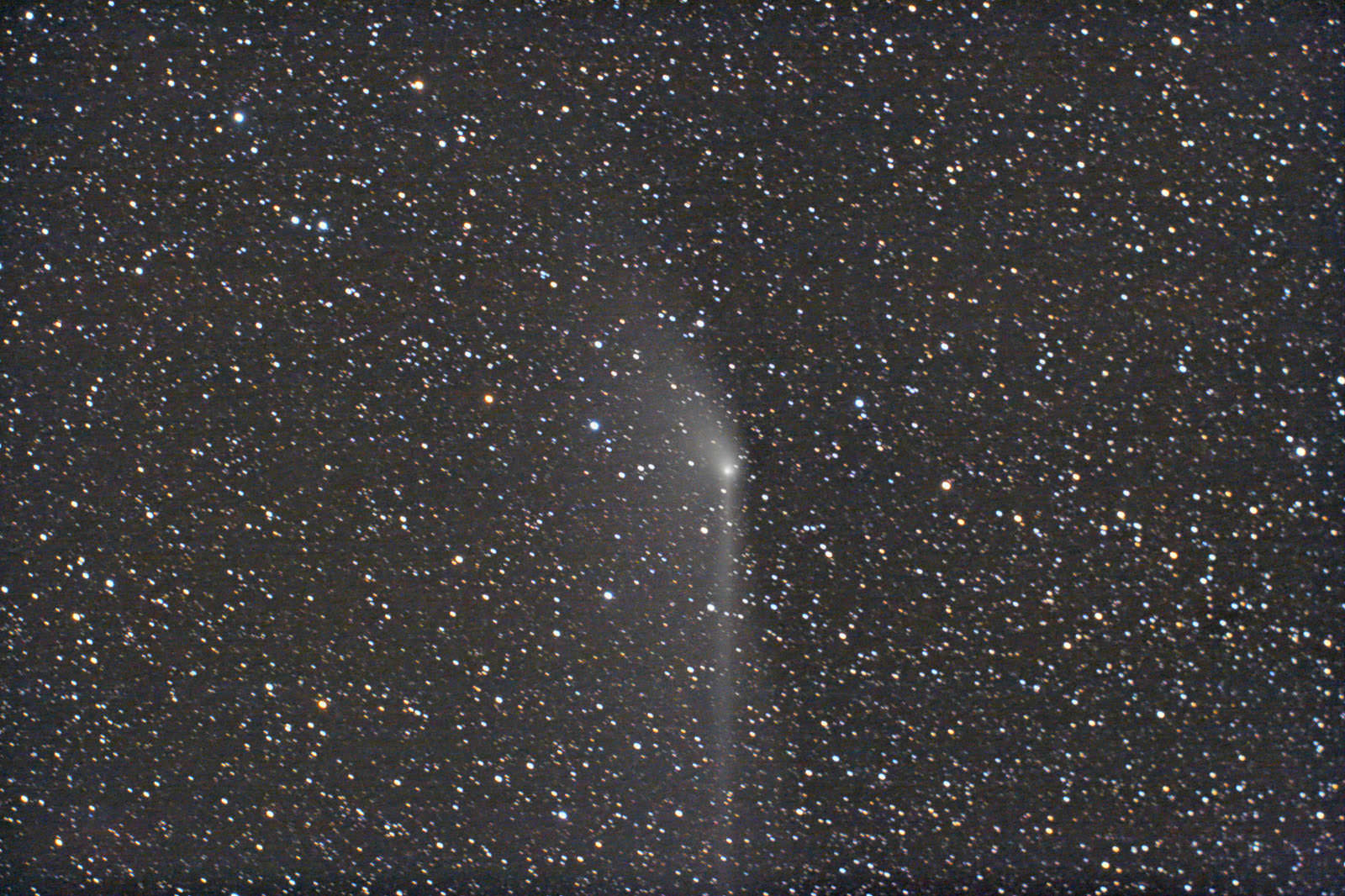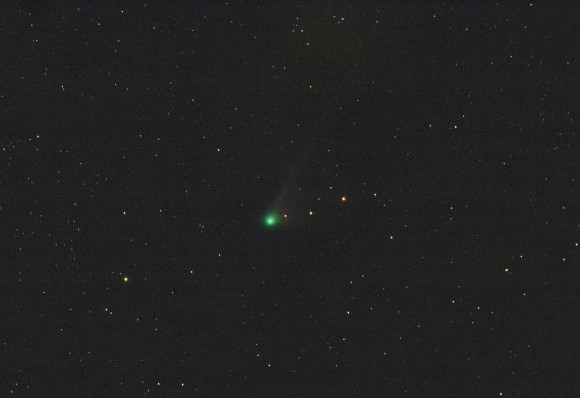This article originally appeared in 2009, but I’ve updated it and added this video.
The ground feels firm and solid beneath your feet. Of course, the Earth is rotating, turning once on its axis every day. Fortunately gravity keeps you firmly attached to the planet, and because of momentum, you don’t feel the movement – the same way you don’t feel the speed of a car going down the highway. But how fast does the Earth rotate?
You might be surprised to know that a spot on the surface of the Earth is moving at 1675 km/h or 465 meters/second. That’s 1,040 miles/hour. Just think, for every second, you’re moving almost half a kilometer through space, and you don’t even feel it.
Want to do the calculation for yourself? The Earth’s circumference at the equator is 40,075 km. And the length of time the Earth takes to complete one full turn on its axis is 23.93 hours.
Wait, 23.93 hours? Isn’t a day 24 hours? Astronomers calculate a day in two ways. There’s the amount of time it takes for the Earth to complete one full rotation on its axis, compared to the background stars. Imagine you were looking down at the Earth from above the North Pole. You’d see the Earth turn once completely in 23 hours and 56 minutes. Astronomers call this a sidereal day.
And then there’s the time it takes for the Sun to return to the same spot in the sky. Since the Earth is orbiting the Sun, we actually need an extra 4 minutes each day to return the Sun to the same spot. Astronomers call this a solar day.
Then we divide the length of a day into the distance a point on the equator travels in that period: 40,075 km/23.93 hours = 1,675 km/hour, 465 meters/second.
The speed of the Earth’s rotation changes as you go North or South away from the equator. Finally, when you reach one of the Earth’s poles, you’re taking a whole day to just turn once in place – that’s not very fast.
Because you’re spinning around and around on the Earth, there’s a force that wants to spin you off into space; like when you spin a weight on a string. But don’t worry, that force isn’t very strong, and it’s totally overwhelmed by the force of gravity holding you down. The force that wants to throw you into space is only 0.3% the force of gravity. In other words, if the Earth wasn’t spinning, you would weigh 0.3% more than you do right now.
Space agencies take advantage of the higher velocities at the Earth’s equator to launch their rockets into space. By launching their rockets from the equator, they can use less fuel, or launch more payload with the same amount of fuel. As it launches, the rocket is already going 1,675 km/hour. That makes it easier to reach the 28,000 km/hour orbital velocity; or even faster to reach geosynchronous orbit.
We have written many articles about the Earth for Universe Today. Here’s an article about why the Earth rotates.
Want more resources on the Earth? Here’s a link to NASA’s Human Spaceflight page, and here’s NASA’s Visible Earth.
We have also recorded an episode of Astronomy Cast about Earth, as part of our tour through the Solar System – Episode 51: Earth.
References:
NASA Space Place
NASA Solar System Exploration: Earth


